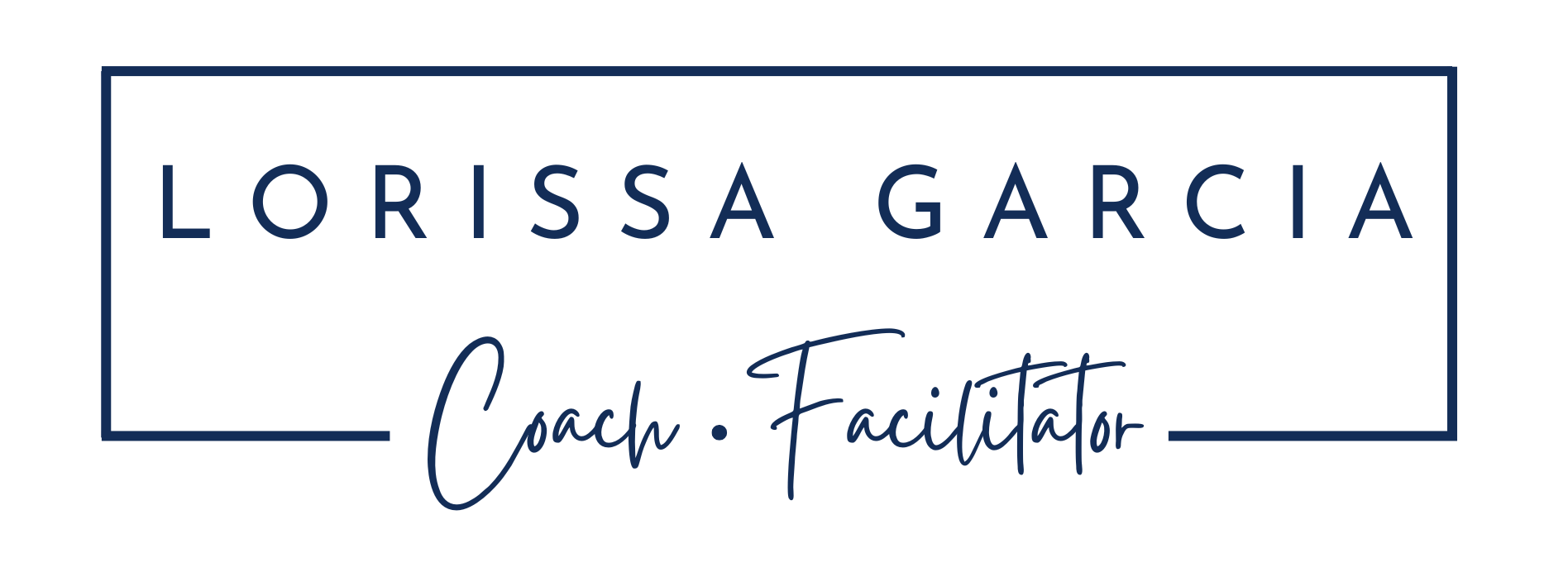As I start to do more work with leaders and their development, I am realising the uncertainty, complexity and ‘trickery’ that leadership is on us all. In fact, I am quite sure that leadership has been coined by a bunch of consultants or book publishers who stand to make money from the grey areas that leadership inhabits. Type ‘leadership’ into Amazon and you’ll get over 100,000 results… they didn’t bother showing past 100,000 because that’s just overwhelmingly ridiculous. 40,000 of those books were business leadership – then there is religious & spiritual leadership, community leadership, group leadership, team leadership, thought leadership, sales leadership…on it goes. That’s more ISBN’s than you can poke a library card at.
I have recently launched Leadership Circles to a corporate group as a reoccurring session. Every month we come together to talk about and experiment with leadership; the individual and collective leadership styles, what leadership means to them, their Strengths and how they enable great work in the teams they are leading, real-time challenges they may be experiencing in their role as a leader, or perhaps a business challenge that the collective is facing.
As I was prepping for the first session and looking to evaluate the program, I started to look toward models and methodologies – even definitions around leadership. The results were perplexing. From someone that studied leadership as part of my MBA, what I found then and more recently is that there is no one definition of leadership. No one competency framework, methodology, tool to measure leadership or practice we can preach. Just millions of books, podcasts, interviews, articles, tools, courses, training, psychometric assessments and opinions on what leadership is – or could be.
What I feel we lack is a picture of good leadership. Not great, not outstanding, not exemplary – just good leadership. And developing as a leader is also difficult – given the grey areas it presents for us in VUCA times, scaling orgs, changing economies, but also the expectations from others about what makes up good leadership. What does ‘good’ look like?
I don’t profess to be an expert in leadership – I am not even comfortable calling myself a specialist. But I do have a pretty simple approach to leadership development that has worked for many of the clients I coach. It encompasses life experience, studies in coaching & NLP (neuro-linguistic programming), business studies, DISC accreditation, CliftonStrengths training with Gallup, an MBA (with of all things – a major in Leadership!) and a tonne of reading, research, exposure and constant learning.
Clients that have worked with me previously know I spend a lot of our sessions talking about self – self inquiry (at times radical – thanks Jerry Colonna), understanding the lens through which we see the world, our values, what motivators we have, what value we bring, our Strengths, areas that we should look for partnerships (aka weaknesses), why we have chosen to be leaders – and to whom, and how we want to feel and not feel in the workplace.
Understanding self before understanding others is my philosophy.
What it comes down to as a first step is simple… its ALL about Self. Understanding self before understanding others is my philosophy. Until you can understand how you work – you have a snowballs chance in the hot Australian sun of understanding others. In my honest opinion, understanding self is the single, most simple first step to good leadership. It takes curiosity and bucket or two of courage – but the time, effort and investment is worth it twice over.
It’s sometimes hard to ask ourselves the right questions for that self inquiry, and one of the tools I use regularly is the Know Yourself Handbook from Riders and Elephants. The tool compliments a card deck called the Emotional Culture Deck and if you have unpacked the Emotional Culture Deck for yourself, you’ll know that it goes deep into understanding what you want to feel – and not want to feel in the workplace. It’s all well and good to be aware of those feelings – but it’s understanding our triggers to these emotions, the habits that surround them and the things in the way of our success that is even more powerful – and provide us that level of self inquiry we need to know ourselves better.
To give you some context, I recently partnered with a leader to unfurl the Emotional Culture Deck for herself. Working first on how my client (let’s call her Sally) wants to feel specifically (the emotions) and not feel in her workplace, we used the cards to call out a top 5 in each category. When we think about emotions, it can be tricky to think past angry, sad, happy, fear, joy, frustration. Sometimes, our state or what we are feeling is actually a combination – an emotional souffle with many ingredients. The beauty of the cards is that you suddenly have a language around emotions – something we call emotional literacy. And once you know this – it’s like the Matrix. You’ll see everything in code henceforth.
And once you know this – it’s like the Matrix. You’ll see everything in code henceforth.
My client had chosen Connected as a feeling she wanted to feel in the workplace. We talked for some time about her definition of feeling Connected. We unpacked (my favourite verb as a coach!) when Sally had previously felt Connected – what was happening, who was around her, where was she, what work did she have on her plate…. even to the extent of her self talk. Through the handbook, we looked into what would make her feel more Connected and how she would know when she felt it. The Know Yourself handbook even provides a prompt for what would get in the way of her feeling Connected. Remembering that negative emotions are not there to be avoided, but managed, we talked about coping mechanisms and strategies for Sally to use when she could feel the emotion coming on, and how she can communicate to others what she was feeling – in particular, her team or peers.
The process of going through the Know Yourself Handbook with clients presents them the opportunity to understand themselves and their inner workings just that little more, and to reflect upon their impact to others when these emotions arise. Sally carries around her completed handbook in her work notebook as a reminder to read and review, add new information or experiences that come up for her, and share it with her team. Those Atomic Habits* fans out there will know what I mean when I say its about the 1% – the slight change to how you do things on a daily basis will compound to result in the person you WANT to be. And if you want to be a good leader, you have to work on it.
Because having that level of self awareness as an individual, and also as a leader provides us the best opportunity to be better, maybe even good leaders.
Curious about how to know yourself better? Want to get some more emotional literacy and make a plan for your leadership brand? I’ll bring the coffee and the cards – you bring the curiosity and courage.
*At the risk of being one of those ‘consultants’ that make money from leadership, you should know this is an affiliate link
Do you want to learn more about The Emotional Culture Deck? There are a few ways you can you learn more about the deck:
> Visit www.theemotionalculturedeck.com
> Download a free Lo-fi PDF version of the deck at the website, click above
> Download the #emotionalcultureworkshop for free here (yes for free but I can also facilitate this workshop for you and your teams if you wanted some help).
> Depending on where you live, you can attend an Emotional Culture Masterclass (like I did), click here for more info
If you still have questions, feel free to contact me!




